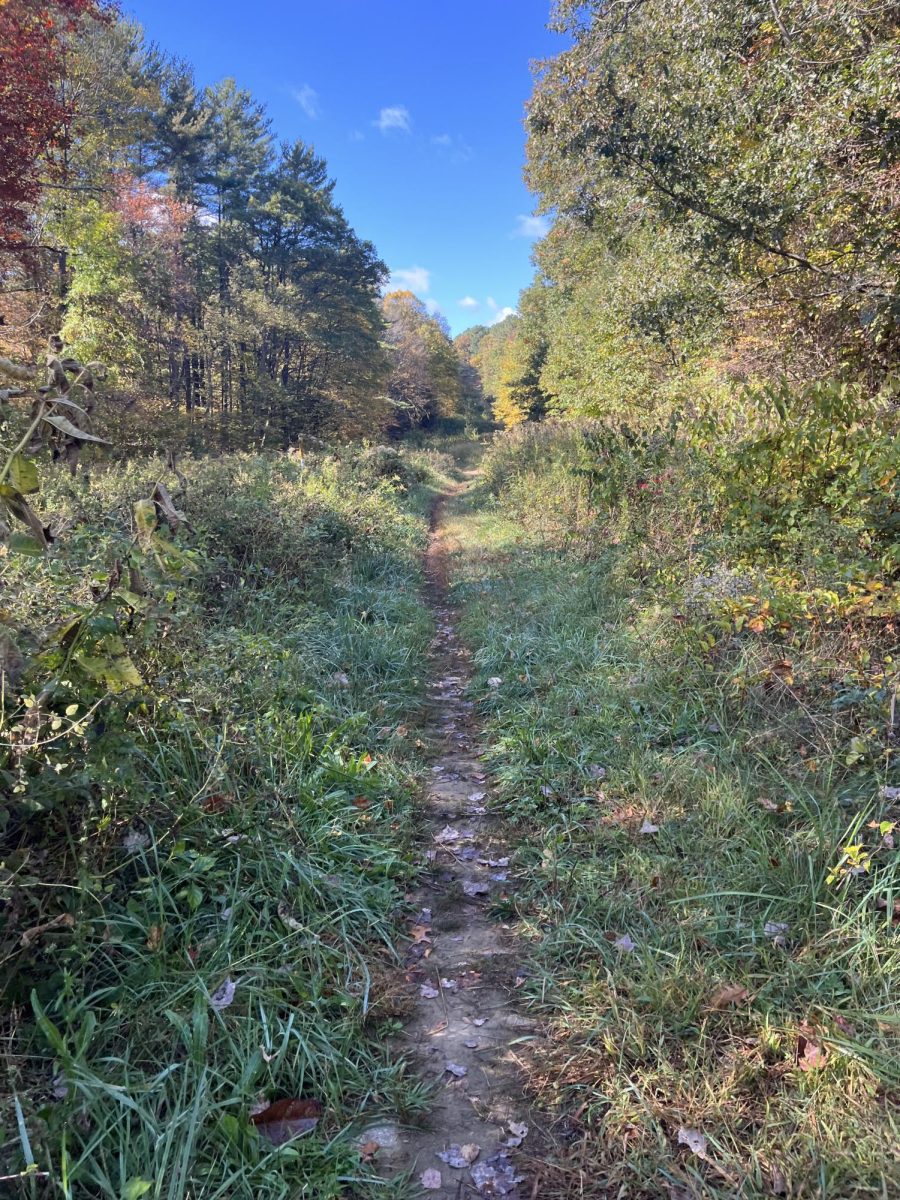Dear America: Get Cars out of Cities
American cities’ biggest problem is driving us into dystopia.
May 16, 2023
If you’ve lived in America long enough, you probably know the torture that is urban driving: suffocating congestion, dodging erratic pedestrians, aggressive and dangerous drivers, etc. I quite confidently say this is the single worst part of driving. And what’s interesting to me is that this is not really the case in most European cities, even though the United States had the luxury of planning the majority of our cities around the idea that cars would be using them.
In the early 1900’s, the automobile industry had its big break with the Model-T. Its extreme affordability was instrumental in opening up the car market to the middle class, and swiftly, cars became a necessary component of the average American’s life. This completely revolutionized society, and it meant urban planning would have to be entirely rethought. In other words, cities no longer belonged to the people, they belonged to the cars.
The United States was not very developed at this time (this was about fifty years after the Civil War). Meanwhile Europe had been the frontrunner in the Industrial Revolution. While this certainly sounds like a disadvantage, it meant that the U.S. had almost a clean slate to create a car-centric utopia. Europe would have much more rearranging to do.
This begs the question: what went wrong? If the United States had such an advantage going into this new form of society, then why is it that European cities are so much easier to maneuver? Well, there are many factors, but the largest is simply urban planning.
As population and car ownership increased around the world, city planners were faced with the obvious problem of traffic. In Europe, public transportation and walkability was improved to move incentives away from driving. On the other hand, the United States increases incentives to drive.
To do this, America usually makes a simple “short term solution” that isn’t actually a solution. A good example of this is the standard American practice of just adding another lane. While this sounds like it would give drivers more space, in heavily congested areas, it has a completely insignificant effect. On top of this, putting more effort into roads and less into sidewalks, subways, and cycling paths forces citizens to drive. This, of course, has horrendous effects for traffic in urban areas.
If increased traffic was simply an inconvenience to drivers, it wouldn’t be too bad; however, the concept of driving in cities, especially with such terrible congestion, has a plethora of negative effects on society.
About a quarter of carbon emissions produced in the U.S. comes from cars alone. This is significantly higher than any European country, and considering how large and populous the United States is, this statistic is extremely relevant to the pollution of the entire world. With eliminated urban driving, it is undeniable that this amount would drop a significant amount.
Pollution is not the only way urban traffic affects our health. Thousands of pedestrians die every year walking in urban areas when they get hit by a car, even though cars almost never pass 40 miles per hour in these areas. And this number has been increasing a significant amount over even just the past decade.
The majority of accidents, of course, are not lethal. However, this does not mean that they aren’t extremely life changing. A broken leg to many families in the lower class could simply go untreated due to insufficient resources.
In my eyes, the hysteria a family may go through after an urban car accident is completely avoidable, if we just had better city planning.
Better city planning would also lead to more efficient transportation: cycling, public transportation, and walking. All of these are much more reasonable methods of transportation in cities than cars. All of these, right now, are very difficult due to the existence of cars in cities. With both cycling and walking, you are extremely susceptible to the aforementioned violent accident. On top of this, it’s a terrible experience to be right up against the obnoxiously loud, foul-smelling roads that plague urban areas.
Without cars, cyclists and pedestrians would claim ownership of the streets. And with the beautiful silence, lack of breathing in toxic air, and incredible space, cycling and walking would become extremely popular. This is exactly what has happened in European cities, such as Amsterdam, Oslo, and Copenhagen.
Public transport also takes a surprising hit from the car chaos ensuing. Tax dollars that go towards adding extra lanes, fixing terrible roads, etc. is money that could be going to improving our terrible public transportation. Right now, the best public transportation is underground electric railroads, or subways. This is due to one key factor: car traffic.
Buses, taxis, Uber, and more all pit you up against all the other drivers on the road. It’s just as slow as driving on your own. This puts zero incentive for people who can afford cars to take the bus, and in a world that is dying partly from car usage, I believe it is very important that public transport is used more often.
Without cars, cities would be completely walkable and cyclable. They would be multiple times quieter and safer. Carbon neutrality would be within reach. And all of these things would push America to being a much happier, and better place to exist in.






































